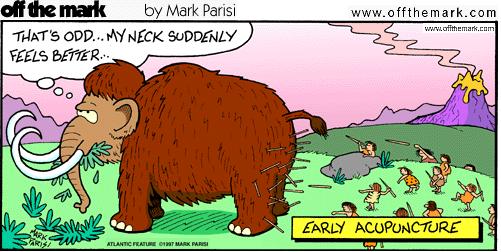Our bodies – especially the lymphatic system and liver – usually don’t have a problem eliminating the toxins produced from every day metabolic function; however, when we are overwhelmed with toxins from our environment (pollution, hair products, make up, etc) and toxins in the foods we eat (almost anything in a package, bottle, can, jar, etc has some type of chemical in it which our body views as a toxin), our body has a rough time keeping up. Toxins build up in our cells, we become sluggish, we’re tired all day yet find it difficult to sleep well, we become more prone to sickness, like colds and flues, we lose flexibility, our propensity to gain weight is increased (let’s not forget that the liver and gallbladder – especially gallbladder – aid in processing and eliminating fat out of the body; if they are overworked already, losing weight will be difficult), and we just have a general feeling of crumminess. Toxin overload is also the main cause of cellulite – toxic overload contributes to the fatty deposits under the skin contributing to the cellulite appearance.
So what do we do? Well, unless you want to “Go Hippy” and quit using hair, make-up, facial products and deodorant – and since eliminating processed foods from our diet is next to impossible for our modern, hectic lifestyles – we need to supplement with lots and lots of antioxidants
A study done on mice showed how powerful antioxidants can be in preventing toxins from causing DNA damage. Mice were fed T-2 toxin – a toxin that specifically damages the liver. One group was fed the toxin alone while the other group was “pretreated” with the antioxidants coenzyme Q10 (CoQ10), and α-tocopherol (vitamin E) before consuming the T-2 toxin. The mice given the antioxidants showed less liver DNA damage than the mice who did not receive the antioxidants! See test here.
Here’s a list of general antioxidants: http://en.wikipedia.org/wiki/List_of_antioxidants_in_food. A food/supplement’s antioxidant rating is usually referred to as ORAC (Oxygen radical absorbance capacity); however, this measures water-soluble antioxidants, not fat-soluble ones, like vitamin-E and carotenoids (beta carotene). See, it’s not just about what antioxidants you consume, but whether or not they are actually absorbed by the body.
In fact, this is something I tend to further explore in testing two antioxidant juices: Mona Vie and G3. Keep an eye out for my next post, “Mona Vie VS G3,” for a detailed comparison of the two and the importance of water-soluble and fat-soluble antioxidants.

